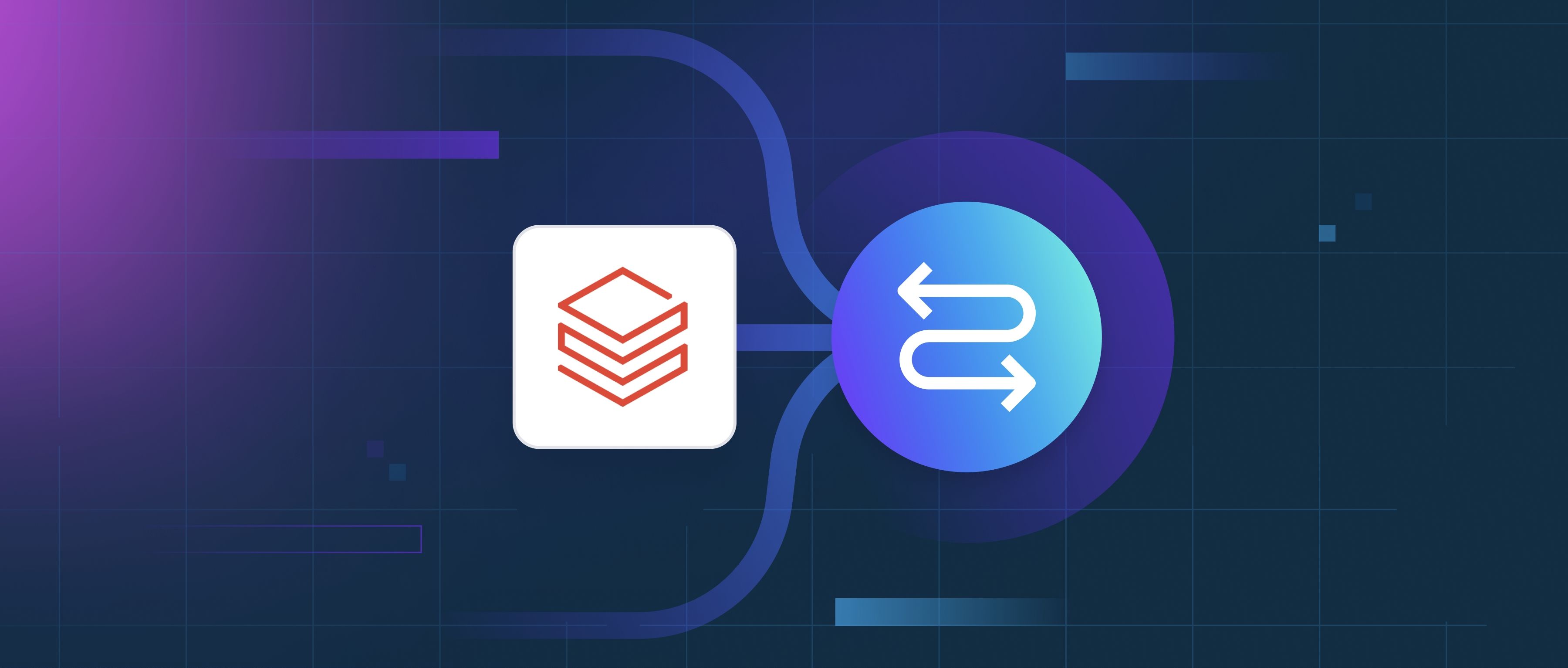Zero-shot learning (ZSL) is a technique used in machine learning where an AI model can handle tasks it hasn't explicitly been trained on. This is especially useful for natural language queries, as it allows models to interpret and generate responses to new questions or commands without needing examples of those specific inquiries during training. Instead, ZSL relies on understanding relationships between known concepts and leveraging that understanding to address unknown ones.
In practical terms, when a model encounters a natural language query it hasn't seen before, it uses its existing knowledge of language structure and meanings to make inferences. For instance, if a model trained on various animal categories is asked to identify a "zebra," it might not have seen this term directly in its training data. However, because it understands the characteristics of animals and how to relate them—like identifying a zebra as a striped animal similar to a horse—it can recognize or classify the zebra even in a zero-shot scenario.
Developers can implement zero-shot learning for natural language queries by employing models that combine the power of embeddings, like word vectors, with semantic understanding. For example, the model could use pre-trained embeddings from large data sets, which help it relate new queries to known categories or tasks. If you ask it to translate a phrase into another language or classify a text's sentiment, the model can often perform these tasks without prior specific training, thanks to its ability to generalize from related examples it has encountered before.
